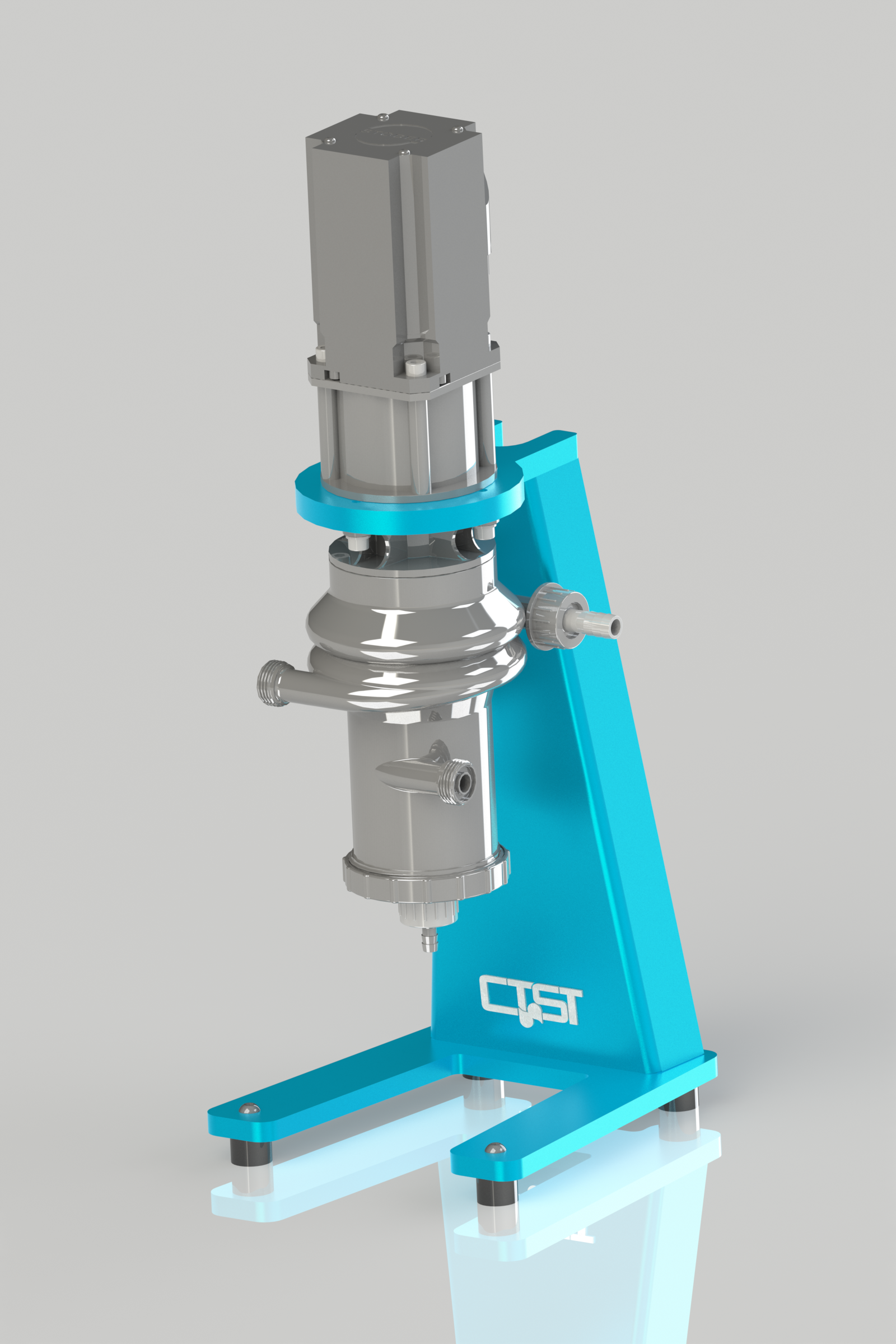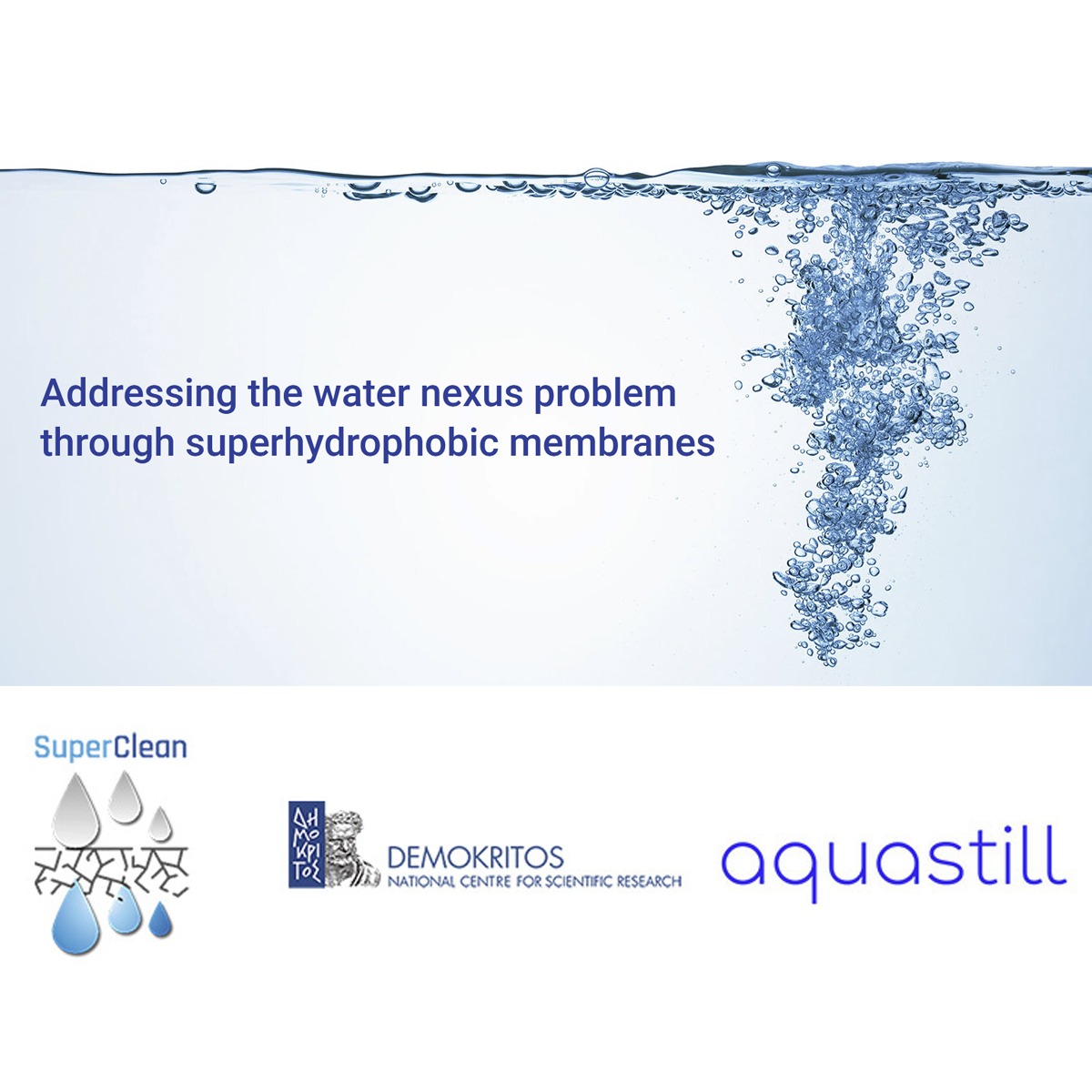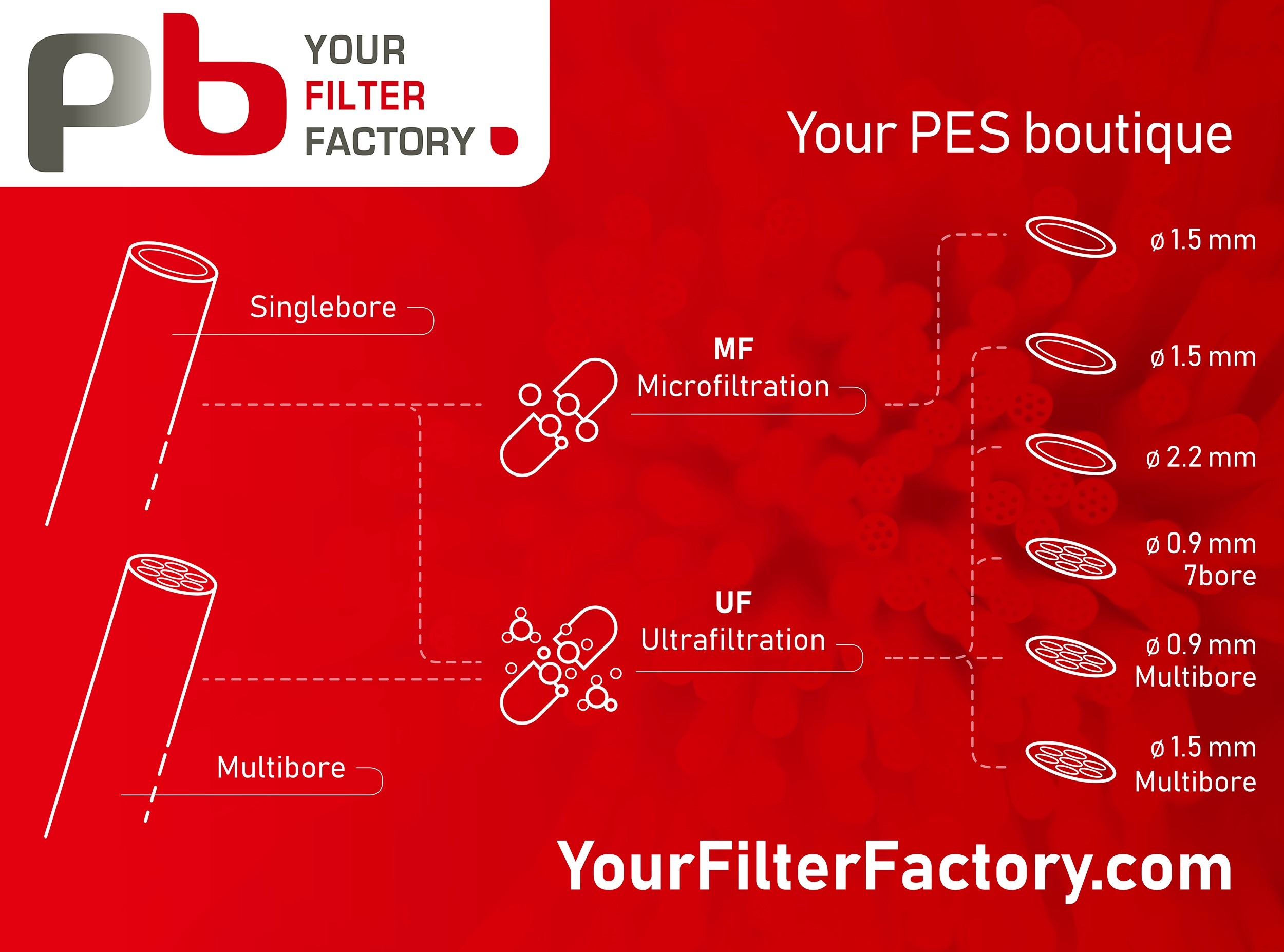This new development enables process optimization for the separation of fluids and solids by means of complex structures. The design is compact, light-weight and energy efficient. The different models have a capacity of 1 to 1000 litre per hour. The market introduction is in Q4 of 2019.
New development
The concept is a breakthrough in design and manufacturing of compact, light-weight and energy efficient separators/extractors. The complex structures can be manufactured by a 3D printing technique. These structures enable an optimized fluid design for the extraction and separation process. The unit is driven by a compact, energy efficient and robust motor. The product can be easily mounted and disassembled.
The working principle
The working principle of the LHC is based on the difference in weight of the fluids/solids that needs to be separated. The centrifugal force of maximum 1000G forces the heavier parts to the outside. By using a weir the different fluids and solids can be separated on the difference in specific weight. An important condition is that the viscosity is lower than 250 mPa·s and the fluids and solids are not emulsified.
What can the LHC be used for?
– Separation of oil and water in the petrochemical industry
– Oil and water of turbines
– Removal of fats / grease from water
– Washing biodiesel
– Extraction of fluids or solids for reuse of the material
Questions?
In case of questions, please contact CTSTwente BV. We are available by phone on +31-546-745020 or by e-mail on info@CTSTwente.com. Our sales team and engineers are ready to help you.




